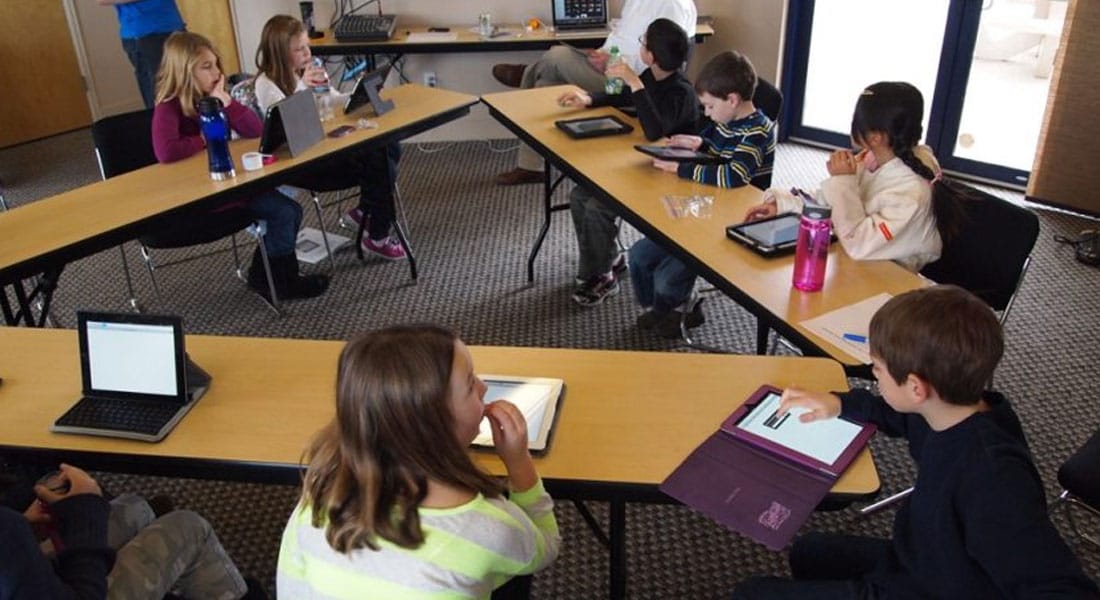
A great professor from Stanford University, Nel Noddings, says that the best practices for cultivating global awareness are often about how the “global” can inform the “local”, and vice versa.
For example, she argues that when students befriend classmates from different cultural backgrounds, they are learning about foreign cultures and developing the attitudes to become global citizens.
The same goes for how the “global” can inform the “local” — for instance, students may know more about what they can do to protect the environment by learning about deforestation in the Amazon rainforest.
Noddings argues the potential for fostering global awareness through bridging the “global” and “local” is limitless; and there are fewer reasons than ever not to do it.
In the Journal of Curriculum and Instruction, Elizabeth Crawford and Misty Kirby describe many possibilities for educators to foster global awareness using technology, without adding too much to the teaching burden. Apps such as Google’s Field Tripper app makes it easy for teachers to take students around the world from the comfort of the classroom. Moreover, tablet educational apps, such as Al Gore’s Our Choice and National Geographic’s World Atlas, are readily available.
Video conferencing has also been used by teachers to bring the world to their students. For example, elementary-grade teacher Krissy Venosdale has been using Skype to run video conferences between her students in St. Louis, Missouri and students in other parts of the United States, since 2012. She is also running a mock presidential election called #KidVote using this technology, where her students and students from other places simulate the US Electoral College.
These class activities allow her students to communicate across geographical boundaries, which provides opportunities for students to get a glimpse of various cultures around the world.
With these technologies, teachers can always plug into the “global” aspect of education with ease.
Therefore, global citizenship education is only limited by the creativity of teachers to connect the “global” with the “local” by creating memorable intercultural experiences for students.
Download our Joko’s app to make your class more globally aware : HERE !
References:
Kirby, M. & Crawford, E. (2008). Fostering Students’ Global Awareness: Technology Applications in Social Studies Teaching and Learning. Journal Of Curriculum And Instruction, 2(1). Retrieved from JOCI
Noddings, N. (2005). Educating citizens for global awareness. New York: Teachers College Press.
Boss, S. (2013). How Are You Connecting Your Students with the World? Skype in the Classroom. Edutopia. Retrieved 7 June 2016, from Edutopia
Share this Post

